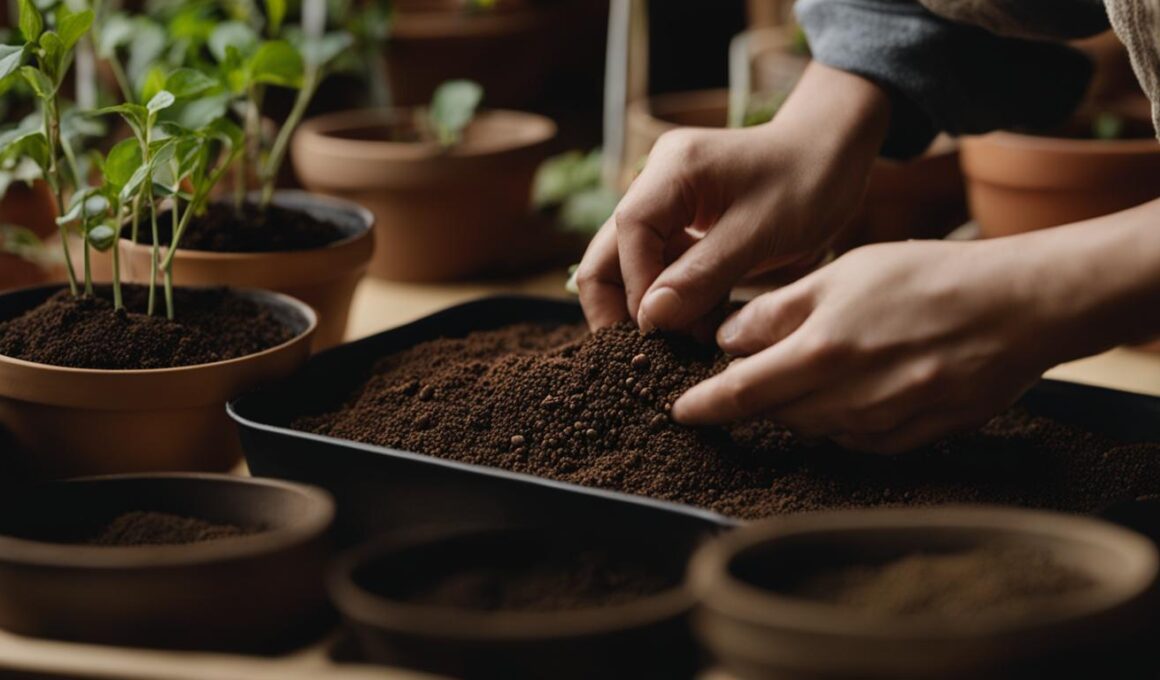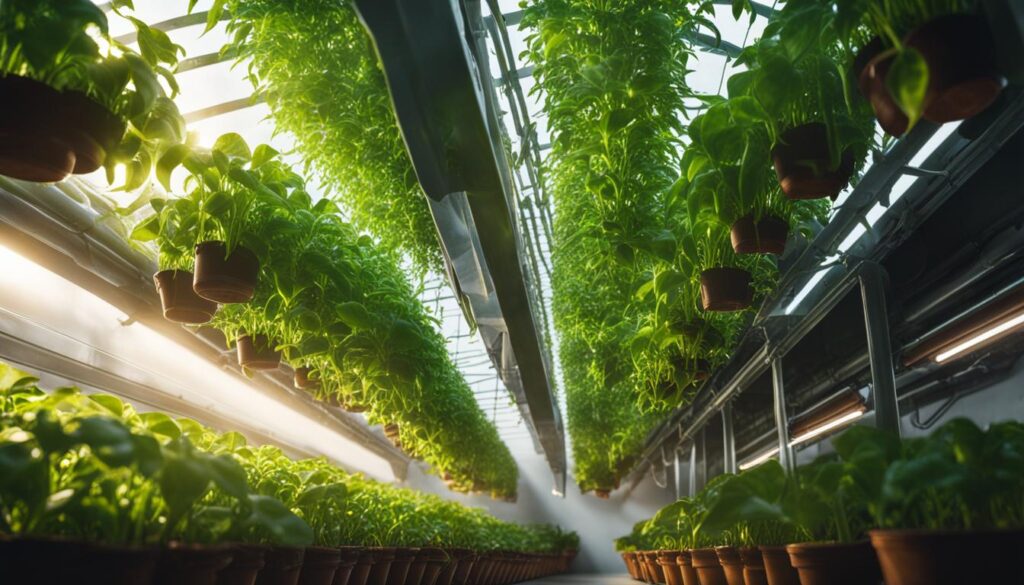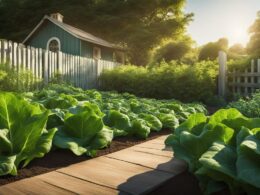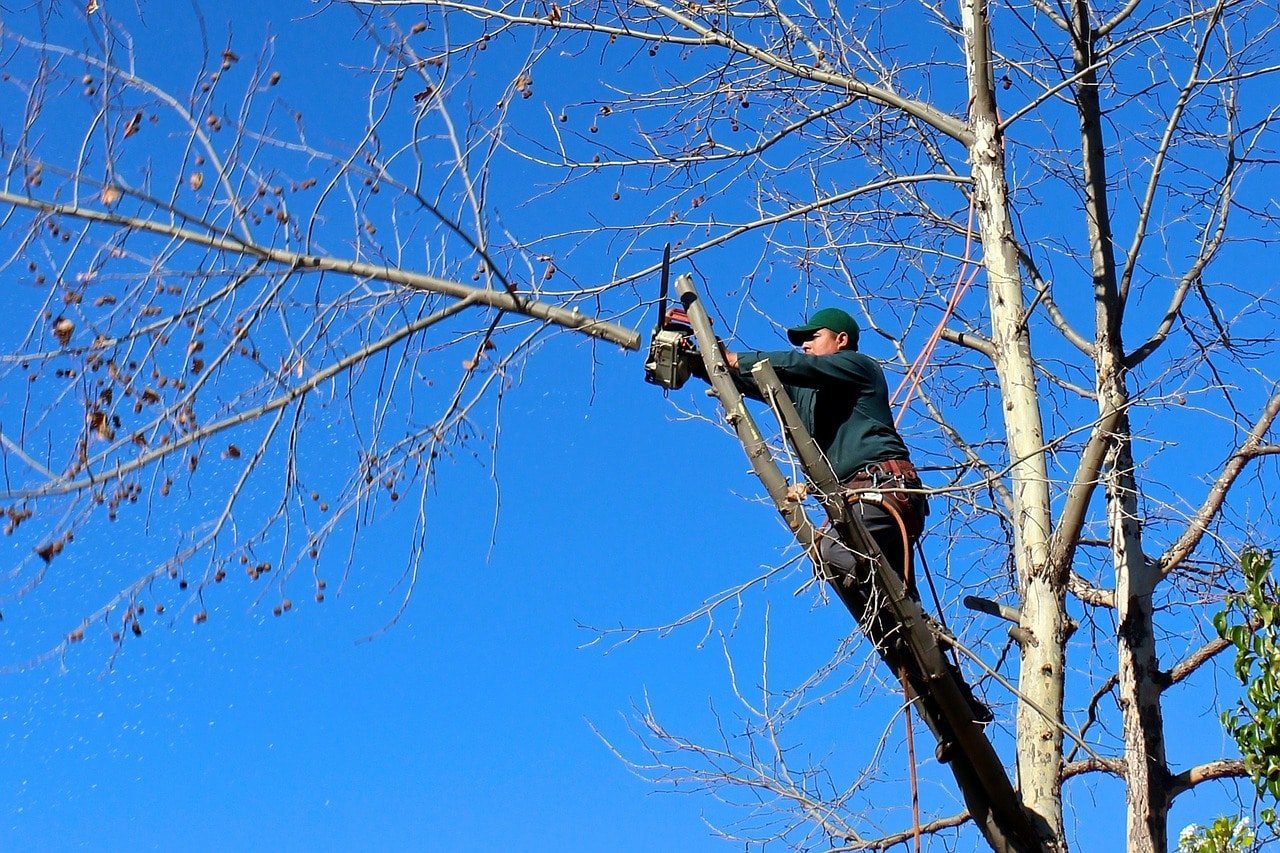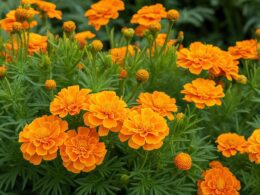Planting pepper seeds indoors is a tried and true method for ensuring a thriving pepper garden. Whether you have a shorter outdoor growing season or simply want to have more control over the environment, starting your pepper seeds indoors is a smart choice. In this ultimate guide, we will walk you through the step-by-step process of planting pepper seeds indoors, from choosing the right soil to providing optimal lighting. By following these expert tips, you’ll be well on your way to a successful indoor pepper garden.
Post Summary
- Starting pepper seeds indoors gives you control over the environment and a head start before transplanting them outdoors.
- Timing is crucial – start your pepper seeds 6-8 weeks before the last date of frost in your region.
- Use an organic seed starting mix to promote healthy root structure.
- Provide ample light using the right grow lights, such as LED panel lights or fluorescent lights.
- Gradually transition seedlings to larger pots before transplanting them outdoors for a successful growing season.
When to Start Pepper Seeds Indoors
Starting pepper seeds indoors at the right time is crucial for a successful growing season. The timing depends on the last date of frost in your region and the length of your growing season. By understanding these factors, you can ensure that your pepper plants have a strong start and thrive throughout the season.
For most regions, it is recommended to start pepper seeds indoors 6-8 weeks before the last date of frost. This gives the seeds enough time to germinate and establish seedlings before the weather is suitable for transplanting them outdoors. However, it’s important to note that warmer regions with longer growing seasons may have different timelines.
In warmer regions, you can start pepper seeds even earlier to extend the growing season. This allows the plants to have a longer period to mature and produce peppers. By starting seeds indoors and carefully timing the transplanting process, you can maximize the yield of your pepper plants.
Recommended Timing for Starting Pepper Seeds Indoors
| Region | Last Date of Frost | Recommended Start Date |
|---|---|---|
| Region 1 | April 15th | February 15th – March 1st |
| Region 2 | April 30th | March 1st – March 15th |
| Region 3 | May 15th | March 15th – March 31st |
Use the table above to determine the recommended start date for your region based on the last date of frost. Keep in mind that these dates are approximate and may vary depending on specific weather patterns in your area. It’s always a good idea to monitor local weather forecasts and consult with local gardening experts for more accurate timing.
By starting your pepper seeds indoors at the right time, you give them a strong head start and increase their chances of thriving throughout the growing season. Take into consideration the last date of frost in your region and any variations due to warmer climates. With careful planning and proper timing, you’ll be rewarded with healthy pepper plants and a bountiful harvest.
How to Start Pepper Seeds Indoors
Starting pepper seeds indoors is a simple and effective way to ensure successful germination and healthy seedlings. Follow these step-by-step instructions to get your pepper seeds off to a strong start:
Choose the Right Seed Starting Mix
The first step to successfully starting pepper seeds indoors is selecting the right seed starting mix. Look for an organic mix that is specifically formulated for seed germination. This type of mix promotes good root development and provides the ideal balance of moisture and nutrients.
Use Seed Starter Trays
Next, fill seed starter trays with the seed starting mix, making sure to pre-moisten it before adding the seeds. Create small holes in the soil and place 1-2 pepper seeds in each hole. Cover the seeds with soil and gently firm it down. Label each tray with the pepper variety to keep track of your plants.
Provide Adequate Watering
After planting the seeds, water the trays lightly to ensure the soil is evenly moist. Avoid overwatering, as this can lead to damping-off disease and other issues. Use a spray bottle to mist the soil surface if needed. It’s important to keep the soil consistently moist throughout the germination process.
Utilize Grow Lights
Pepper seeds need ample light to germinate and grow into healthy seedlings. Place the seed trays under grow lights or in a sunny location. If using grow lights, position them 2-3 inches above the seedlings to provide sufficient light intensity. Keep the lights on for 14-16 hours a day to simulate natural sunlight.
| Fluorescent Lights | LED Panel Lights | |
|---|---|---|
| Cost | Relatively affordable | Higher upfront cost, but lower long-term cost |
| Energy Efficiency | Energy-efficient | Highly energy-efficient |
| Heat Emission | Minimal heat emission | Produces less heat |
| Customization | Not customizable | Customizable spectrum for each growth stage |
| Lifespan | Standard lifespan | Longer lifespan |
Conclusion
Planting pepper seeds indoors can be a highly successful method for ensuring a fruitful growing season. By starting your seeds indoors, you gain greater control over the environment and give your plants a head start before transplanting them outdoors. Following the step-by-step instructions in this guide, you can optimize your chances of a bountiful pepper harvest.
Timing is crucial when starting pepper seeds indoors. Consider the last date of frost in your region and start your seeds 6-8 weeks prior to that date. This allows your plants to grow indoors and be ready for transplantation when the weather is favorable outside. However, in warmer regions, you have the advantage of a longer growing season, so you can start your pepper seeds even earlier to extend the harvest.
To ensure successful germination and growth, pay attention to soil selection, moisture levels, and lighting. Choose an organic seed starting mix that promotes good root structure. Pre-moisten the soil and create small holes to place your seeds. Maintain adequate moisture by watering lightly, and provide optimal lighting using grow lights. Gradually transition your seedlings to larger pots before transplanting them outdoors for best results.
By following these essential steps and giving your pepper plants the care and attention they need, you can enjoy the satisfaction of a thriving indoor garden and a plentiful harvest of peppers. So why wait? Start planting pepper seeds indoors today and embark on a rewarding gardening journey.
FAQ
When is the best time to start pepper seeds indoors?
It is recommended to start pepper seeds indoors 6-8 weeks before the last date of frost in your area.
How do I start pepper seeds indoors?
To start pepper seeds indoors, choose a seed starting mix, pre-moisten the soil, make small holes, place 1-2 seeds in each hole, cover with soil, water lightly, provide optimal conditions for germination, and use grow lights once the seeds have sprouted.
What kind of soil should I use for starting pepper seeds indoors?
Use a seed starting mix that is organic and promotes good root structure.
How do I provide sufficient light for the seedlings?
Choose the right grow light, such as LED panel lights or fluorescent lights, and position them at the appropriate height above the seedlings according to the manufacturer’s recommendations.
What are the key steps for starting pepper seeds indoors?
The key steps for starting pepper seeds indoors are choosing the right soil, using seed starter trays, pre-moistening the soil, making small holes, placing seeds in the holes, covering with soil, watering lightly, providing optimal germination conditions, and using grow lights once the seeds have sprouted.
– How Can I Apply the Techniques for Indoor Bean Gardening to Planting Pepper Seeds Indoors?
When planting pepper seeds indoors, you can apply the techniques for comprehensive indoor bean gardening. Provide the seeds with adequate sunlight, water, and nutrients. Ensure they have proper support as they grow. Opt for suitable containers and maintain the right temperature and humidity levels for optimal growth.





